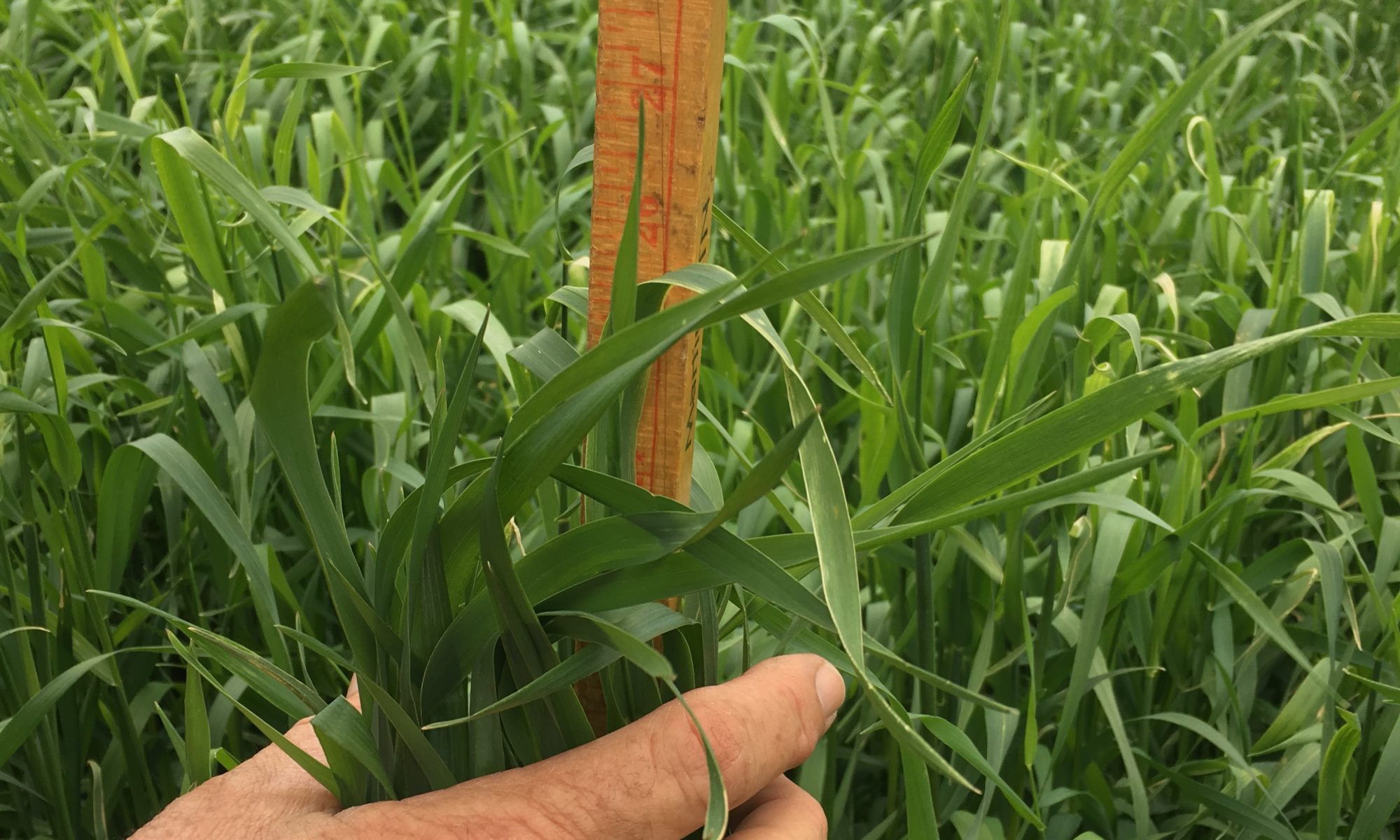

Dr. Gary Bates
Director and Professor
UT Beef & Forage Center
P: 865-974-7324
I teach Plant Sciences 435, which is our Forages class. Every other fall I get to spend a semester teaching about a topic that I thoroughly love. As I am writing this article, the class is taking their first exam. I’m sure many of them are nervous since their grade will be influenced by their score. I am a little nervous as well since their scores will give me an idea of my effectiveness as a teacher.
Several students stopped by my office yesterday to ask questions. I pointed out there are about four main topics covered on this exam. Understanding these topics form the basis of forage production. It is not only good for them to know, but it is useful for you to know as well. Here are the key principles I teach to start the class.
Understanding forage species differences
The differences between grasses and legumes, cool-season and warm-season, and annuals/perennials are key to having a profitable forage program. Being able to choose species that mix well, using legumes to provide nitrogen, and having forage for grazing for most of the year will help improve profitability. I can cut the fertilizer bill if I include clovers with tall fescue pastures. I can cut down the winter feed bill if I can choose species to graze longer into the winter or provide grazing during a summer drought. Choosing the right forage species to use on a farm may be one of the most important decisions a producer can make.
The tall fescue endophyte
The endophyte in Kentucky 31 tall fescue is the single most impactful thing for producers in Tennessee. This endophyte reduces cow rebreeding, reduces calf gain, and other physiological effects. It doesn’t cause losses due to death, but just production that isn’t realized. While the endophyte reduces animal performance, it helps the performance of the plant. A tall fescue plant infected with the endophyte is more drought, insect, and disease resistant. Understanding the impact of the endophyte and how to reduce the effect is important to improve profitability. A producer can take advantage of the persistence of KY 31 but needs to add clovers to reduce the fescue toxicosis. They also need to have a culling program that replaces cows that don’t rebreed while selecting for higher weaning weights.
There is an option to use varieties that have a non-toxic endophyte. These work well but need to be planted into a stand in which all the KY 31 has been eliminated. There is also the opportunity to use other species besides tall fescue. Stand persistence of many of those is often limited.
Forage quality
One of the key concepts of forage production is that forage quality is constantly changing. When plants are young and leafy, they will be very high quality. As they mature, get more stemmy and produce a seedhead or bloom, their nutrient content will decrease. Managing, either through grazing or hay mowing, to prevent the plants from getting too mature is important for maintaining forage quality. We discuss the late boot stage a lot. This is when a grass plant just starts to produce a seedhead. This is the best time to mow for hay. After that, forage quality will start to slowly drop.
Grazing management
It is important to understand that overgrazing results in poor stand persistence, since the plants energy reserves are depleted, which weakens it. Allowing a pasture the chance to regrow after grazing allows for energy reserves to be restored, which improves plant persistence. Managing stubble height is the key to keeping a good stand in a pasture. Not grazing too low and letting plants have a rest period to regrow will improve the yield and persistence of a field. Using temporary fencing to cut one big field into two or three different paddocks can give flexibility to graze one while resting the others.
We will cover many more topics over the rest of the semester. Hay and silage production, weed control, and forages for wildlife are a few examples. But the topics above form the basis for all the other lectures.
Students are starting to turn their exams in now. Nobody looks mad, so maybe I am a fantastic teacher.
